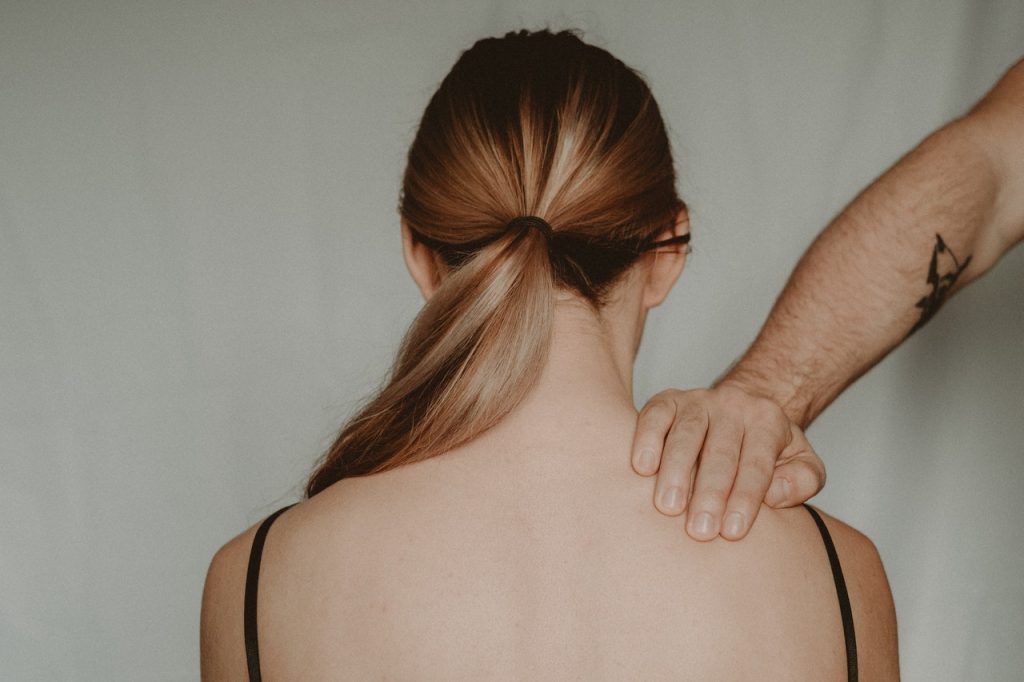Understand Your Rights. Solve Your Legal Problems


Sexual abuse includes any form of sexual violence, including non-consensual sexual contact, rape, incest, and child molestation. Sexual harassment also constitutes sexual abuse, as the victim doesn’t have to be physically touched or experience prolonged sexual assault or contact.
Sexual harassment includes sex-based harassment, offensive “jokes” or comments based on sex, unwanted sexual contact or advances, and pressure to perform sexual favours. More broadly, sexual harassment also includes cat-calling, sexual gestures or comments, referring to a person using demanding language, like “hunk” or “babe,” staring, and personal or unwanted gifts. Nearly 40% of women and 20% of men in the US are victims of sexual violence.
Men, women, and children must be knowledgeable about the signs of sexual abuse so they can help themselves or others seek help. If you or someone you know has been a victim of sexual violence in California, you can dial 800.656.4673 or contact a trusted sexual abuse lawyer.
Childhood and the sexual abuse of children are common. 44% of sexual assault victims are under 18, 20% of them experience sexual abuse before age 8. Despite the prevalence, children are less likely to report their abuse because 93% know their attackers. Sexual abuse in children may be difficult to recognise, but early reporting can prevent physical and mental health concerns in adulthood, like substance abuse and further sexual abuse.
Here are some things you can do to start healing or help someone help from sexual abuse:
What happened to you wasn’t fair, kind, and it has likely made you feel unsafe. Although it sounds impossible now, through self-care and professional help, you’ll start to recover.
Parents, relatives, teachers, or another trusted third-party need to be aware of the following behavioural, physical, and emotional signs of sexual abuse to protect children, as well as adults.
Child sexual abuse can seem like bad behaviour to parents and anti-social behaviour to adults. However, if anyone you know is “acting out,” they may not be able to communicate their feelings safely, correctly, or in a way that doesn’t make them feel like they’re at fault for their actions.
Here are the most common behavioural signs someone may present after experiencing trauma:
It’s normal and natural for children, teens, and young adults to exhibit sexual behaviours, but some actions aren’t healthy and could indicate abuse. Consult this sexual development chart to ensure your child isn’t displaying any concerning behaviours or developing at an alarming rate.
Here are some physical signs that may indicate the possibility of physical abuse:
If your child is showing any of the above physical signs, take them to the doctor and remove them from their abuser, if possible. Call child protective services or a shelter for help.
Here are some emotional signs that may indicate sexual abuse:
Sexual abuse has the potential to leave long-lasting psychological scars. Some survivors may experience chronic pain, fertility issues, and sexual dysfunction. It’s essential to seek help immediately from a mental health professional who will offer a safe space free of judgement.





